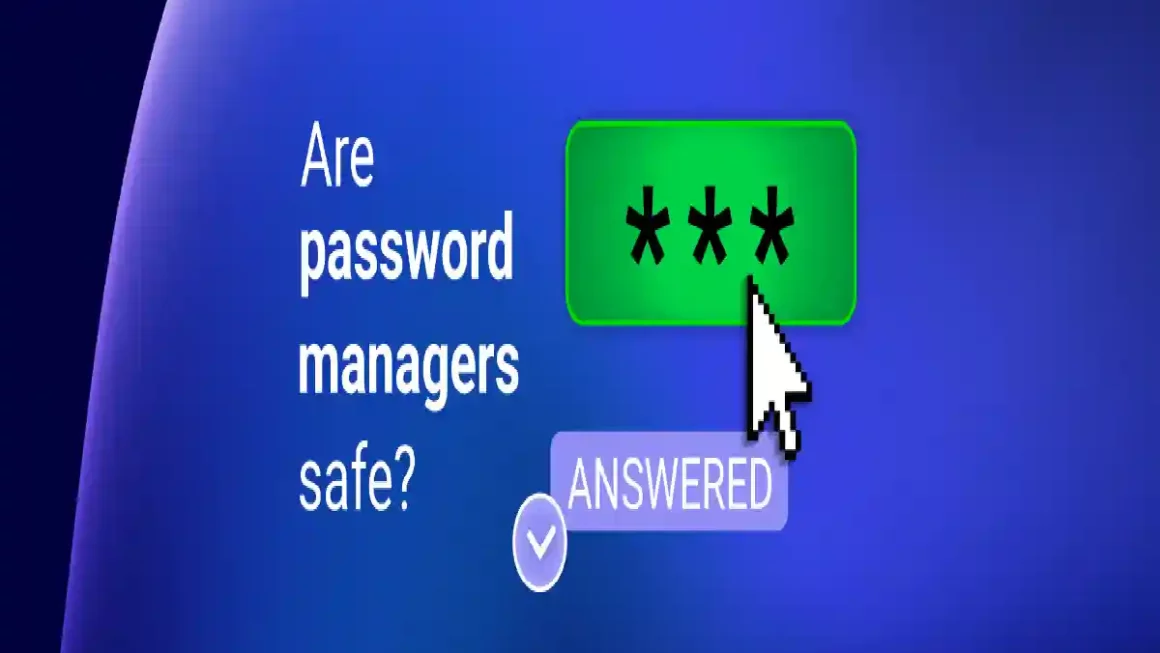Mobile Application Security
Mobile applications are proliferating at a rapid pace as the latest surveys have revealed that billions of downloads have been made to date. Our lives are now being dominated with such applications by various applications ranging from banking to financial and health monitoring to media coverage. You can find almost any application you can think of as mobile applications are found in each and every industry. As the nature of these applications changes every day, they store data of different types as well.
These applications usually handle sensitive data that needs the utmost security protocols, from your banking records to personal account information. Such protocols ensure this sensitive data doesn’t get into the wrong hands. As cyber threats have risen exponentially in recent years, providing multiple layers of security in software application development is of utmost importance.
Artificial Intelligence and associated technologies have helped secure new mobile application development by reducing the chances of internal and external hacking attempts. Particularly trending are technologies including Container Image Scanning, automated regulation, and automated monitoring of threats which make our mobile applications more secure.
To get the most secure mobile applications, developers and users can follow the following tips:
Table of Contents
1. Use Encrypted Mobile Applications
Mobile applications that store sensitive data, such as passwords to banking accounts or socials, must activate encryption-based services. It ensures that the mobile application is secure from external threats. External hacking attempts usually thrive on compromised credentials which is impossible in the case of encrypted services. Such information can then be easily transferred over the airwaves without the fear of interception with the intent of hacking into the system.
2. Two-Factor Authentications
One way to secure your mobile applications is to turn on two-factor authentication. Such authentication adds a layer of security over existing security, turning it into a potent cybersecurity deterrent. Such authentication ensures that only authorized users are privy to the sensitive data stored in such applications. Multi-factor authentication is a sure-shot way of making your mobile application more secure and also limits hacking attempts even with compromised credentials.
3. Downloading Updates at the Earliest
It is critical, as a user, that you download the latest available update of the mobile application you’re using. Updating your mobile applications is a simple yet effective way of dealing with external threats. Software houses regularly update their mobile applications to improve upon previous bugs, fix errors, and troubleshoot problems found in earlier versions. Such updates have become the norm in the software application industry, ensuring continuous improvement through feedback loops. Such feedback helps developers secure their applications and provide a better customer experience.
4. Secure Programming Yields Secure Applications
Secure coding practices are one way to guarantee that mobile applications are security-oriented. There are many specific measures that programmers can follow for safer software applications. Some examples of such coding practices include the avoidance of hard coding passwords in the application code and using input validation. Other important measures to build a safer environment include sanitizing the data before relaying it forward, intuitive and unique coding, and error handling and logging.
5. Leveraging Automation for Testing of Mobile Applications
Regularly inspecting the vulnerabilities of your application is a must to ensure a safe and secure mobile application. As cyber threats continue to evolve, applications must regularly be monitored to check whether they’re vulnerable to these new threats. One way to ensure this testing is done correctly is by leveraging automation tools, such as AI-based ones, to monitor and report your mobile applications. One key thing is to rely only partially on such automated testing, as human verification can yield the best results.
As the number of mobile users continues to grow daily, it is imperative that our mobile applications, storing all our sensitive data, are secure to their fullest. Such security can only be possible if users stay vigilant regarding mobile security. Developers also should use the latest technologies to ensure their mobile applications provide the highest level of security against data breaches and hacking attempts that can reveal personal data online.
Secure authentication, regular testing and monitoring, and following secure coding practices can yield the most secure mobile applications. Users can also enhance the security of mobile applications by continually updating them and avoiding downloading harmful or unsecured content onto their mobiles.
Such practices make for secure mobile application development that saves a company from potential lawsuits and data breaches. Going forward, automation is the key to ensuring security is at the center of mobile app development.




